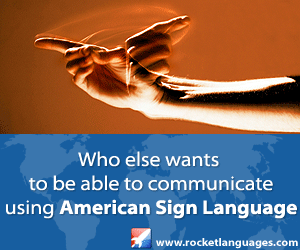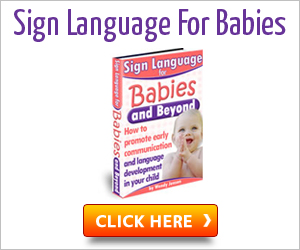Sign Language Dictionary
A sign language which is also known as signed language is a language which makes use of manual communication lip movements and body language to express meaning. The sign language is the one which simultaneously uses hand movements, orientation and movement of the hands, arms, body, and facial expressions to convey messages.
Sign languages is the well-known way of communication for deaf communities, which can contain interpreters and friends and families of deaf people as well as people who are deaf or the people having some hearing difficulties. All these sign language patterns are grouped together under the Sign language dictionary for the efficient use of the people who will need the sign language for their communication.
Normally, each spoken language contains a sign language counterpart in as much as each linguistic resident will contain Deaf people who will generate a custom sign language. In much the same way that geographical or cultural factors will separate populations and lead to the generation of different and diverse spoken languages, the same operate on signed languages. This enables them to keep their uniqueness along with the local languages in that particular area.
This happens even though sign languages have no basic relation to the spoken languages of the lands in which they arise. There are prominent exceptions to this pattern. Variations occurring within a national sign language can usually be connected to the geographic location of residential schools for the deaf.
Generally Sign language dictionaries are available commonly this method of communication may seemingly appear as though it was originated only in recent time due to the advancement of technology but we should not forget the fact that ancient man and tribes mainly use this technique for communicating. It has its root deep in the sands of time.
Sign language systems are based symbols that are iconic. There are several varieties of this sort of communication such as Sign Writing and HamNoSys. These work with pictures like images of the hands, body and face.
Stokoe uses letters of Arabic numerals and Latin alphabet to specify the hand shapes used in finger spelling, a closed fist denoted the alphabet A, flat hand represents the alphabet B. The spread hand denotes the Arabic numeral 5; but for movement and location, non-alphabetic symbols are used, such as ‘[]’ for representing trunk of the body, ‘×’ for denoting contact, and ‘^’ for movement upwards. David J. Peterson’s efforts created the phonetic system which is useful in signing. This is compatible with ASCII and is commonly referred to as the Sign Language International Phonetic.
The Sign language dictionary system brought a regular and standardized way of learning this skill as only written material of skill can make the learning efficient. This dictionary has a wide collection of several representations in order to make sure that sign language is as efficient as the spoken language.




